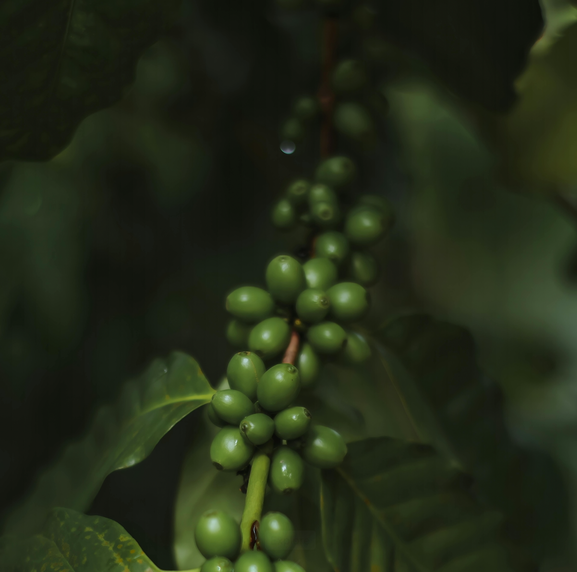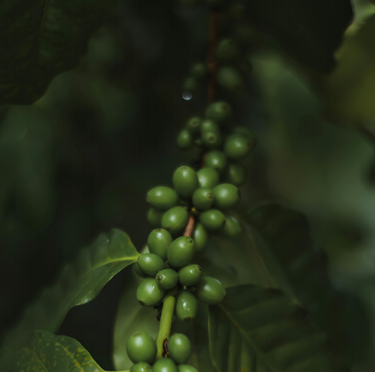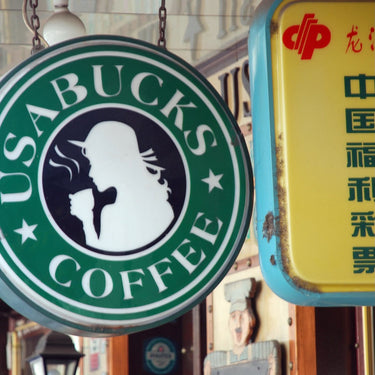A new study has reshaped the way we think about coffee. What the industry has long grouped together as Coffea liberica is not one species, but three. This discovery is way more important than just how we define the species, it could be a turning point for how coffee adapts to climate change.
Why This Matters
Coffee has, until now, been dominated by two species: Arabica and Robusta. Both are increasingly under pressure from rising temperatures, erratic rainfall, and shifting disease patterns. By identifying Liberica’s hidden diversity, researchers have unlocked new possibilities for resilience and cultivation.
The Three Faces of Liberica
-
Excelsa (C. dewevrei): Suited to hotter, drier conditions and low-rainfall zones.
-
Liberica (C. liberica): Thrives in alternating wet and dry cycles at lower elevations.
-
Klainei (C. klainei): Still under-studied, but potentially holding untapped traits of real value.
These distinctions provide clearer direction for breeding programs and future-proofing farms in regions already struggling with climate volatility.
How They Taste
While Arabica is prized for its balance and floral sweetness, Liberica and Excelsa are far more distinctive. Liberica often produces large beans with bold, fruity, sometimes smoky notes, flavors that can divide opinion but offer real character. Excelsa tends to bring sharper, more tart fruit qualities, sometimes layered with spice or dark fruit complexity. For us here at Rave all of this sounds like exciting new challenges that we could be cupping in the future.
The Stenophylla Connection
Liberica isn’t the only species being reconsidered. Coffea stenophylla, a rare West African species once thought lost, has resurfaced in recent years as another potential climate resilient alternative. Stenophylla thrives in higher temperatures, yet delivers a cup profile closer to Arabica; think complex, sweet, and floral. Together, Liberica, Excelsa, Klainei, and Stenophylla highlight just how much untapped potential lies in coffee’s broader genetic family. We wrote a full post about this species so head over to read that now.
Beyond Science
Liberica currently represents a fraction of global exports; less than 0.01%. Yet history shows that small volume coffees can reshape the industry. By drawing clear boundaries between these species, this research not only supports better conservation but also opens the door to new cultivation strategies and, ultimately, a broader future for coffee itself.
In a world where Arabica and Robusta face increasing uncertainty, Liberica’s newly revealed diversity is more than a scientific footnote, it is a potential safeguard for coffee’s survival.






